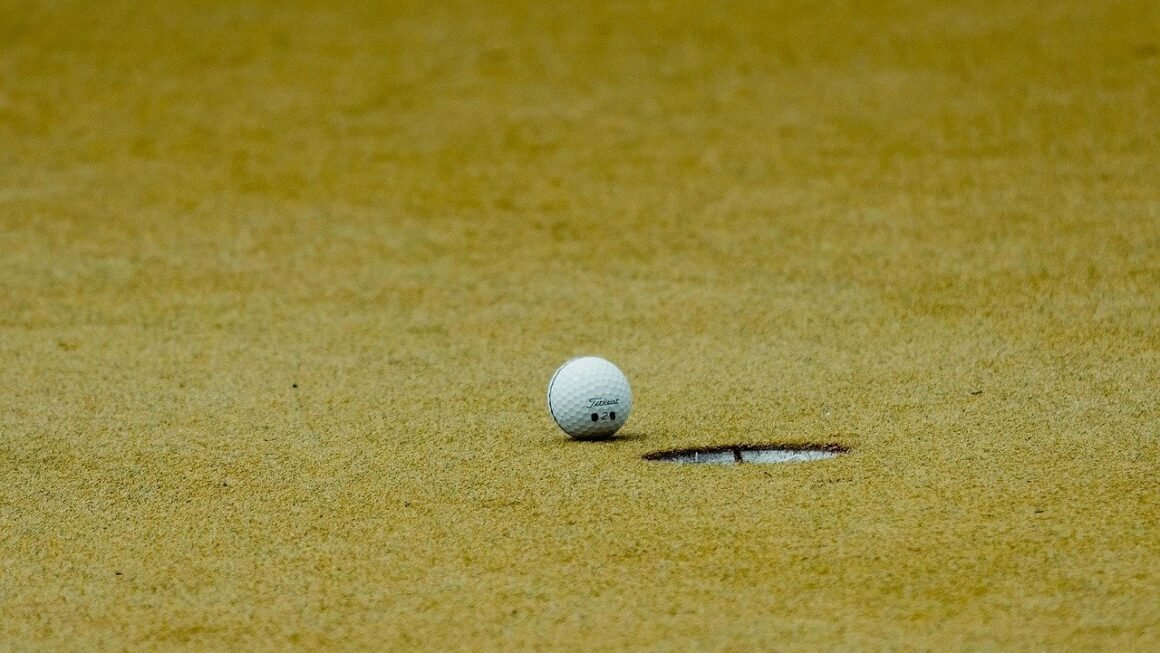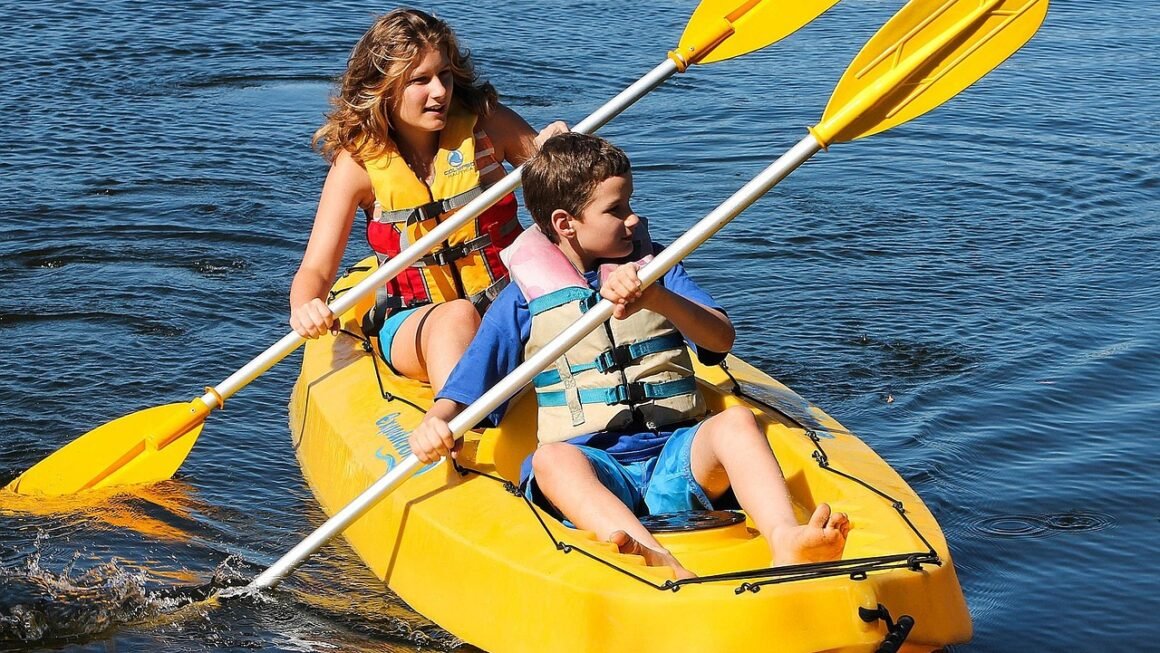Freestyle wrestling: it’s more than just takedowns and suplexes. It’s a dynamic, strategic, and physically demanding combat sport that tests an athlete’s strength, agility, and mental fortitude. From the Olympic Games to local tournaments, freestyle wrestling captivates audiences with its blend of athleticism and skill. Whether you’re a seasoned wrestler or a curious fan, this comprehensive guide will delve into the intricacies of freestyle wrestling, covering its rules, techniques, training, and competitive landscape.
Understanding Freestyle Wrestling: Core Principles
Freestyle wrestling distinguishes itself from other wrestling styles, like Greco-Roman, by allowing wrestlers to use both their arms and legs to execute holds, takedowns, and throws above and below the waist. This freedom opens up a wider range of techniques and strategies.
What Sets Freestyle Apart?
- Use of Legs: Unlike Greco-Roman, freestyle permits the use of legs for both offensive and defensive maneuvers.
- Wider Range of Holds: Wrestlers can attack and defend using holds on any part of the body above the waist.
- Emphasis on Takedowns: Securing takedowns often leads to control and scoring opportunities, making it a crucial aspect of the sport.
- Dynamic Scoring: Points are awarded for various actions, including takedowns, exposure, reversals, and penalties.
Key Rules and Regulations
Understanding the rules is essential for both wrestlers and spectators. Freestyle wrestling follows a complex scoring system governed by United World Wrestling (UWW).
- Match Duration: Matches are typically two three-minute periods with a 30 second break in between.
- Scoring:
Takedown: 2 points (bringing an opponent from standing to control on the mat).
Exposure (danger position): 2 points (placing an opponent on their back or side at an angle).
Reversal: 1 point (gaining control from a defensive position).
Penalty: 1 point awarded to the opponent (for rule infractions like stalling).
Technical Superiority (Tech Fall): Ends the match when one wrestler leads by a certain point margin (typically 10 points).
- Out-of-Bounds: Wrestling occurs within a designated circle on the mat. If wrestlers go out-of-bounds, the referee resets them in the center.
- Stalling: Wrestlers must be actively engaging; excessive passivity can result in penalties.
Mastering Freestyle Wrestling Techniques
Success in freestyle wrestling requires a diverse arsenal of techniques, ranging from takedowns and throws to escapes and pins.
Essential Takedowns
Takedowns are fundamental for gaining control and scoring points. Proficiency in various takedowns is crucial.
- Single Leg Takedown: Attacking one leg, lifting it, and driving through the opponent. This is a high percentage takedown suitable for beginners.
Practical Tip: Focus on maintaining a strong base and driving with your legs to finish the takedown.
- Double Leg Takedown: Attacking both legs simultaneously, wrapping them, and driving the opponent to the mat. A powerful takedown that requires good timing and explosiveness.
Practical Tip: Keep your head up and drive your opponent backward to secure the takedown.
- High Crotch: A variation of the single leg takedown, where the wrestler penetrates deeper and secures a higher grip on the opponent’s leg.
Practical Tip: Maintaining a tight grip and driving upwards will make it difficult for the opponent to defend.
Ground Control and Turns
Once a wrestler secures a takedown, controlling their opponent on the mat is vital for scoring additional points or pinning them.
- Gut Wrench: A technique where a wrestler wraps their arms around their opponent’s waist and rolls them over for exposure points. This requires strength and a good body lock.
Practical Tip: Practice your grip strength and timing to execute the gut wrench effectively.
- Leg Lace: Using your legs to control the opponent’s legs to expose them for points, often used consecutively.
Practical Tip: Consistent drilling to ensure smooth transitions and control.
- Crossface Cradle: A pinning combination that involves securing a crossface and cradling the opponent’s head.
Practical Tip: This is a versatile pinning combination that can be used from various positions.
Defense and Escapes
A strong defense is just as important as a good offense. Wrestlers must be proficient in defending against takedowns and escaping from bottom positions.
- Sprawling: A defensive technique used to counter takedown attempts by extending the legs backward and flattening the opponent.
Practical Tip: Practice sprawling explosively and maintaining a strong base to prevent the takedown.
- Whizzer: A technique used to defend against a single leg takedown by hooking the opponent’s arm and creating separation.
Practical Tip: Control the opponent’s arm tightly and use leverage to break their grip.
- Stand-Up: Escaping from the bottom position by standing up while maintaining control of the opponent.
Practical Tip: Focus on maintaining a strong base and using your legs to drive upward.
Training Regimen for Freestyle Wrestling
Freestyle wrestling demands a comprehensive training regimen that encompasses strength, conditioning, technique, and mental preparation.
Strength and Conditioning
- Weight Training: Building strength in the legs, core, and upper body is crucial. Exercises include squats, deadlifts, bench press, and rows.
- Cardiovascular Training: Wrestling requires high levels of endurance. Running, swimming, and interval training are essential.
- Plyometrics: Exercises like box jumps and jump squats enhance explosiveness and agility.
Technical Drilling and Sparring
- Drilling: Repetitive practice of techniques to improve muscle memory and execution.
- Sparring: Live wrestling to simulate match conditions and refine skills. This allows you to apply techniques learned in drilling against a live opponent, increasing your ability to make decisions and improve reactions.
- Situational Drilling: Focused training on specific scenarios, such as defending against takedowns or escaping from bottom positions.
Nutrition and Recovery
- Balanced Diet: Consuming a diet rich in protein, carbohydrates, and healthy fats to fuel training and promote recovery.
- Hydration: Staying hydrated is essential for performance and recovery.
- Rest and Recovery: Adequate sleep and rest are crucial for muscle repair and preventing injuries.
Competitive Landscape and Opportunities
Freestyle wrestling offers numerous competitive opportunities, from local tournaments to international championships.
Levels of Competition
- Youth Wrestling: Introductory programs for young wrestlers to learn the basics.
- High School Wrestling: A popular sport in many countries, providing a platform for aspiring wrestlers.
- Collegiate Wrestling: Wrestling at the university level, offering a high level of competition.
- International Competitions: Events such as the World Championships, Olympic Games, and Continental Championships.
Notable Wrestlers and Events
- Olympic Games: The pinnacle of freestyle wrestling competition, showcasing the world’s best wrestlers.
- World Championships: An annual event where wrestlers compete for world titles.
- Notable Wrestlers: Names like Jordan Burroughs (USA), Abdulrashid Sadulaev (RUS), and Kyle Snyder (USA) have dominated the sport.
Career Paths in Wrestling
- Professional Wrestler: Pursuing a career in professional wrestling after achieving success in amateur wrestling.
- Coaching: Sharing your knowledge and experience by coaching wrestling at various levels.
- Officiating: Becoming a certified wrestling referee and officiating matches.
Conclusion
Freestyle wrestling is a dynamic and challenging sport that demands dedication, skill, and perseverance. By understanding the rules, mastering the techniques, and committing to a rigorous training regimen, wrestlers can achieve success on the mat. Whether you’re an aspiring athlete or a passionate fan, freestyle wrestling offers a captivating blend of athleticism, strategy, and excitement. The world of freestyle wrestling is constantly evolving, so staying informed and adaptable is key to continued growth and success in this thrilling combat sport.



